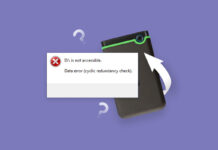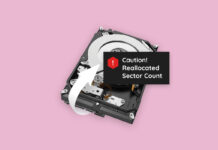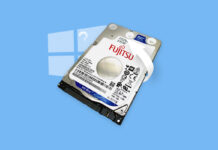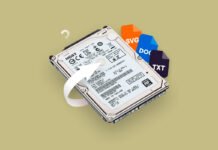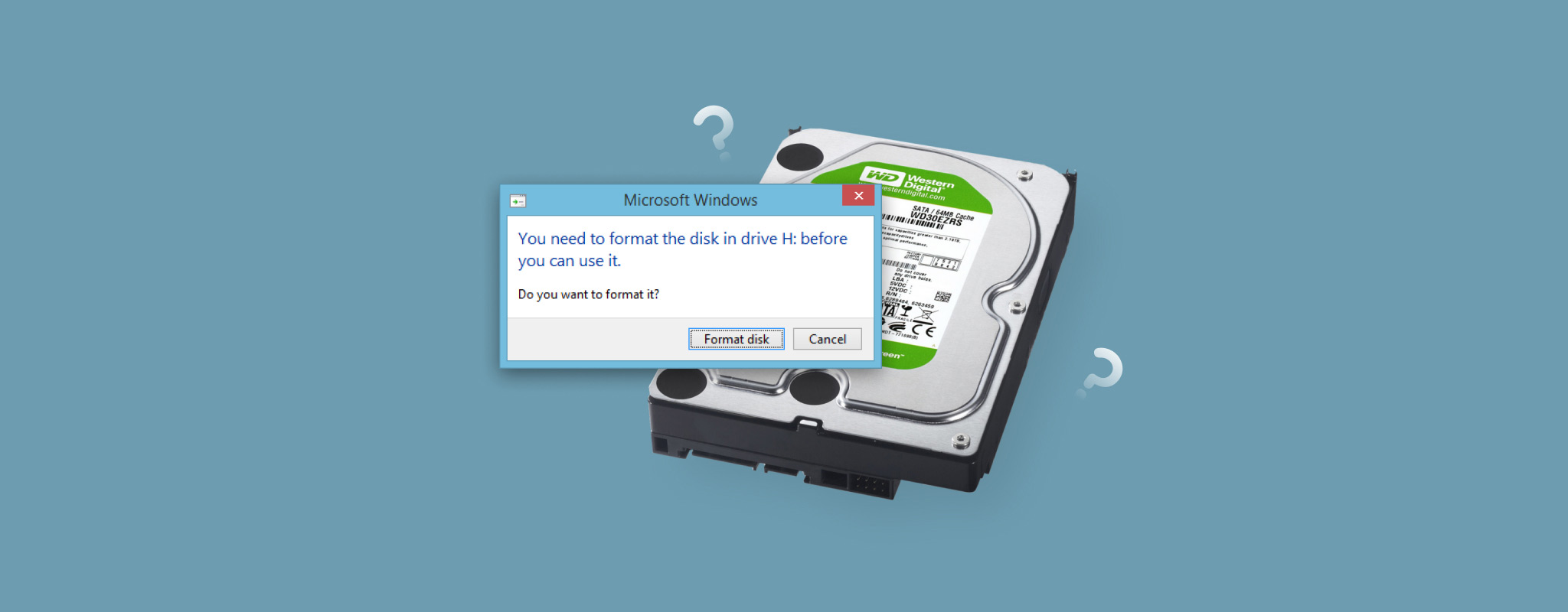 When you connect a storage device and Windows advises that you need to format the disk before you can use it, you’ll suddenly find that the message appears every time you try to open your drive and access your data. If you don’t want to format the drive and lose your data, what other options do you have?
When you connect a storage device and Windows advises that you need to format the disk before you can use it, you’ll suddenly find that the message appears every time you try to open your drive and access your data. If you don’t want to format the drive and lose your data, what other options do you have?
This article will explain why this message appears and how you can repair the drive to regain access to all your precious files.
What Causes the “You Need to Format the Disk” Message
The “You need to format the disk before you can use it” error message appears when Windows is unable to read the file system on your drive. The problem drive will prevent you from accessing any of the data currently on it. Here are a few common reasons why this can happen:
| Reason | Description |
| ❗ Connection issues | A faulty cable or connection point may be preventing proper communication between your storage device and your computer. |
| 🗄️ No file system | Devices with no file system, like new devices that haven’t been formatted, will show this error as there is no file system to read. |
| ❌ Corrupted file system | An existing file system can become corrupted due to malware, improper ejection, bad sectors, and premature removal during read/write processes. |
| 🚫 Incompatible file system | Not all file systems can be read by all operating systems. For instance, if you’re connecting a storage device formatted with APFS to a Windows machine, it won’t recognize it. |
| ⚙️ Corrupted system files or drivers | Corrupted system files cannot be used by your operating system, causing this message to appear. The same can happen if the drivers of your storage device become corrupted, as it will break communication between your hardware and Windows. |
Now, while Windows says “You need to format the disk in drive *: before using it”, you should first understand what exactly a format entails and the consequences of performing one.
What Happens When You Format a Hard Drive
When formatting a hard drive, SD (and micro SD) card, or USB drive, it deletes the records that your file system uses to access that data. While the data is still there momentarily and can be recovered, you will not be able to see it when you view your drive. Windows will often recommend a format before suggesting other options for repair.
For instance, if Windows tells you that your USB needs to be formatted, it simply means there is some form of damage that is preventing it from being read properly. However, there are a few solutions you can try first to hopefully fix it without formatting.
How to Recover Data From the Drive that You Need to Format
Before you jump straight into trying to fix the issue, you should recover the data on your drive first. Otherwise, you risk it becoming unrecoverable. You can do this with the data recovery tool Disk Drill, so long as your drive is visible in Disk Management and reading the correct size.
- Download and install Disk Drill (not to the affected drive).
- Select the affected storage device and click Search for lost data.
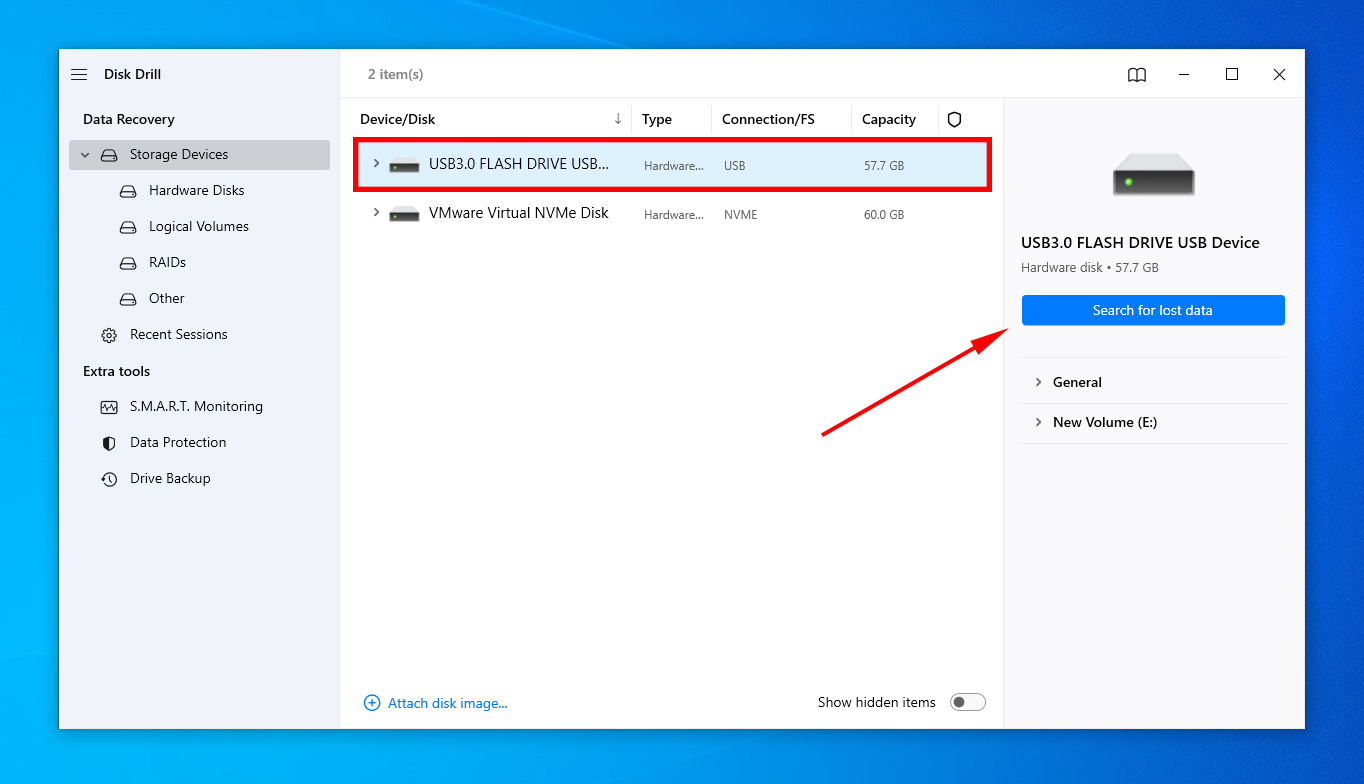
- Click Review found items.
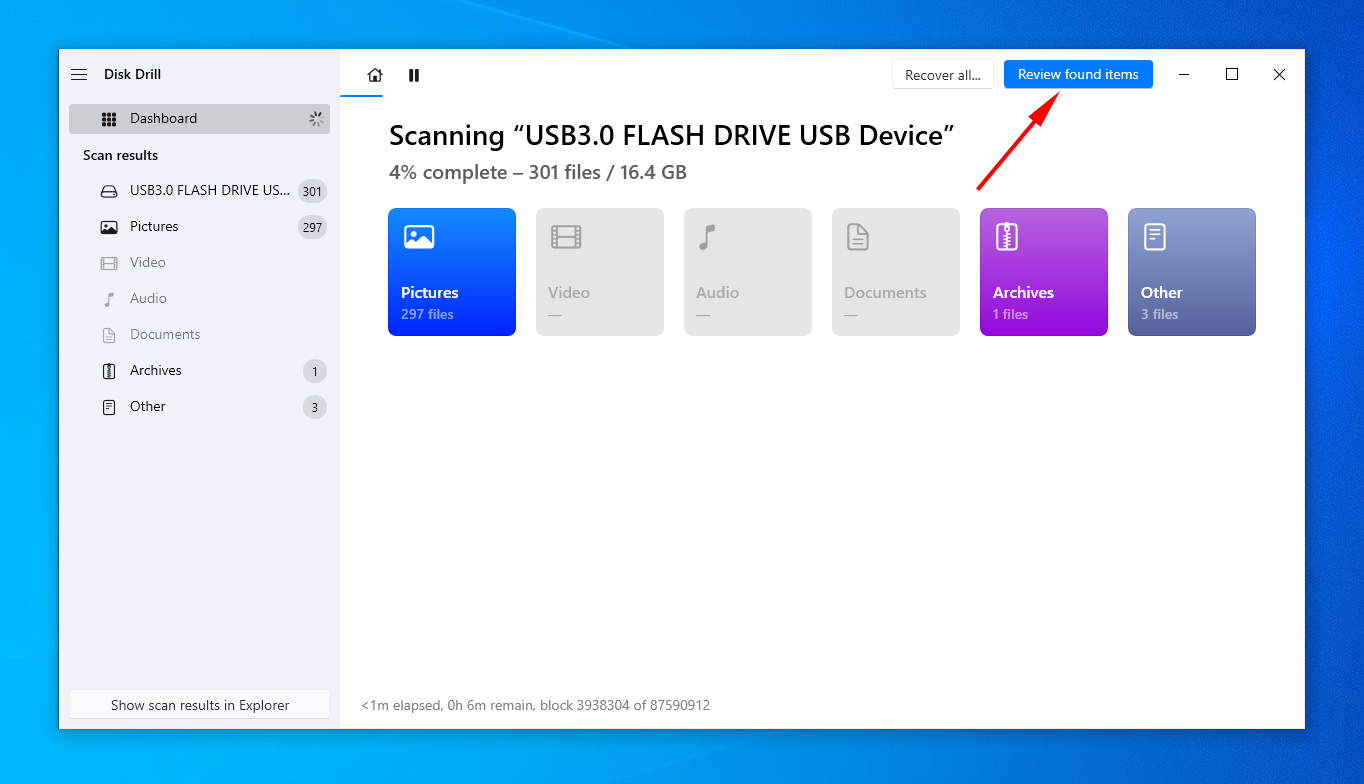
- Mark the files that you’d like to recover. Use the Recovery chances column as an indication of which data has the best chance of recovery. Click Recover when ready.
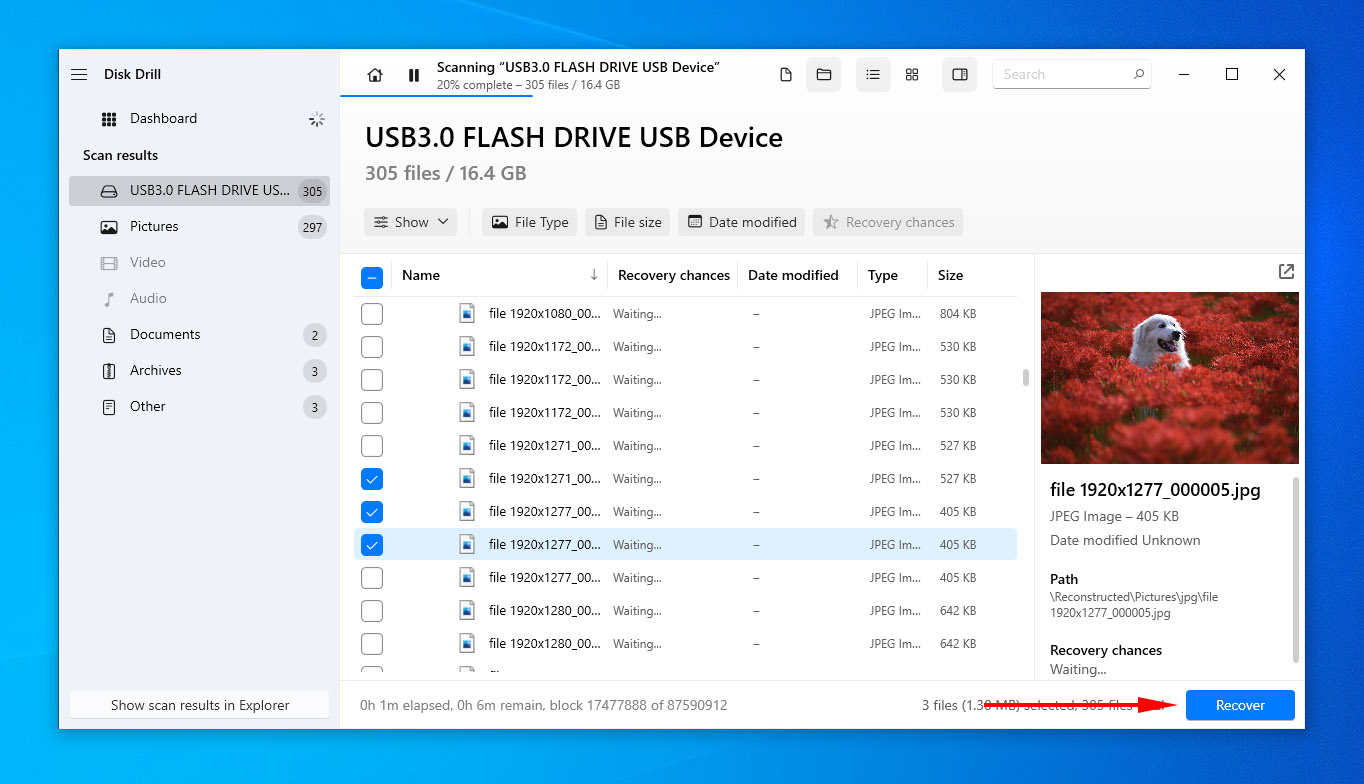
- Choose an appropriate recovery location on another device. Click Next.

How to Fix the “You Need to Format the Disk” Error
Before you go ahead and format your drive, take a look at these solutions first to see if any of them are able to fix the problem you’re facing and re-establish access to your drive.
Method 1:Check the connection
Checking the connection between your storage device and the computer is your first step, especially with removable devices that are constantly being connected and disconnected from machines.
Inspect the cable used to connect the two. Then, check the USB port and make sure there is no physical obstruction causing an intermittent connection. Finally, try another cable.
Method 2:Perform a complete shutdown
A glitched background service could be prompting the error message. If your Windows computer has fast startup enabled, it might not be shutting down completely, preventing the service from being restarted. You can use Command Prompt to perform a full shutdown instead of having to manually disable and re-enable fast startup.
This is how you can use Command Prompt to perform a full shutdown:
- Save your work and shut down any applications that are running on your computer.
- Right-click Start and click Terminal (Admin). On Windows 10, click Windows PowerShell (Admin) instead.
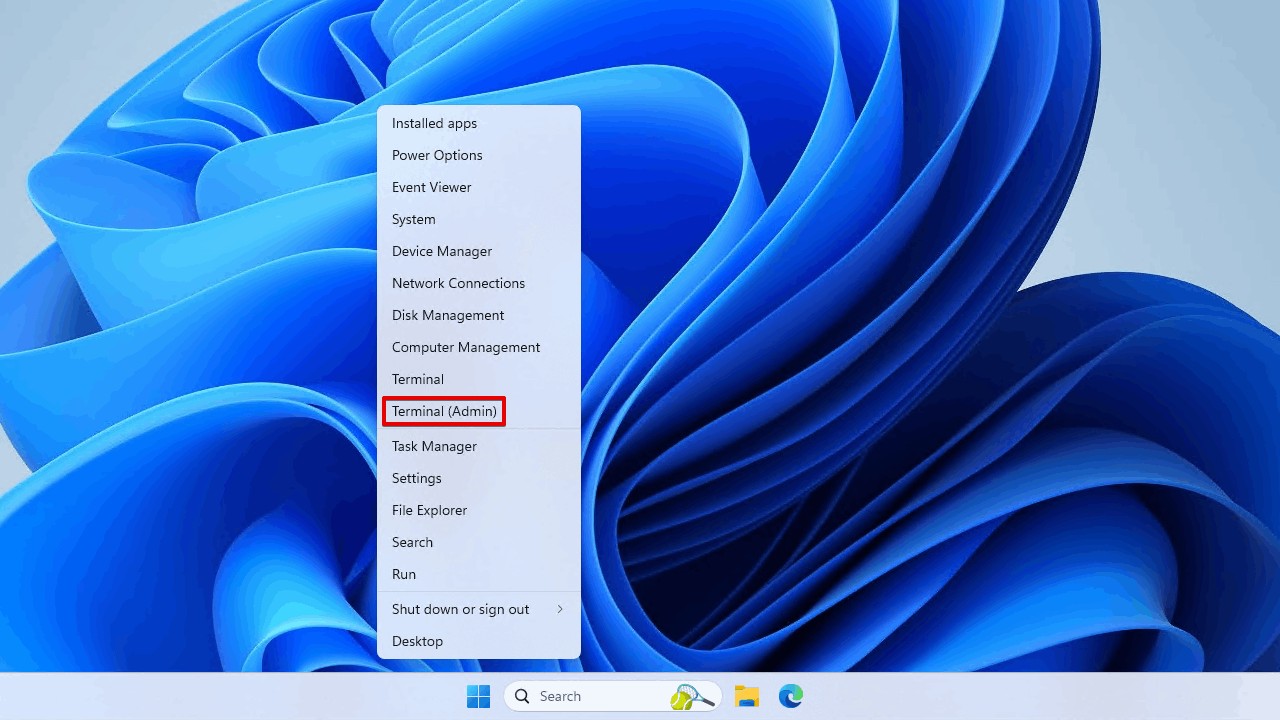
- Type
shutdown /s /f /t 0and press Enter.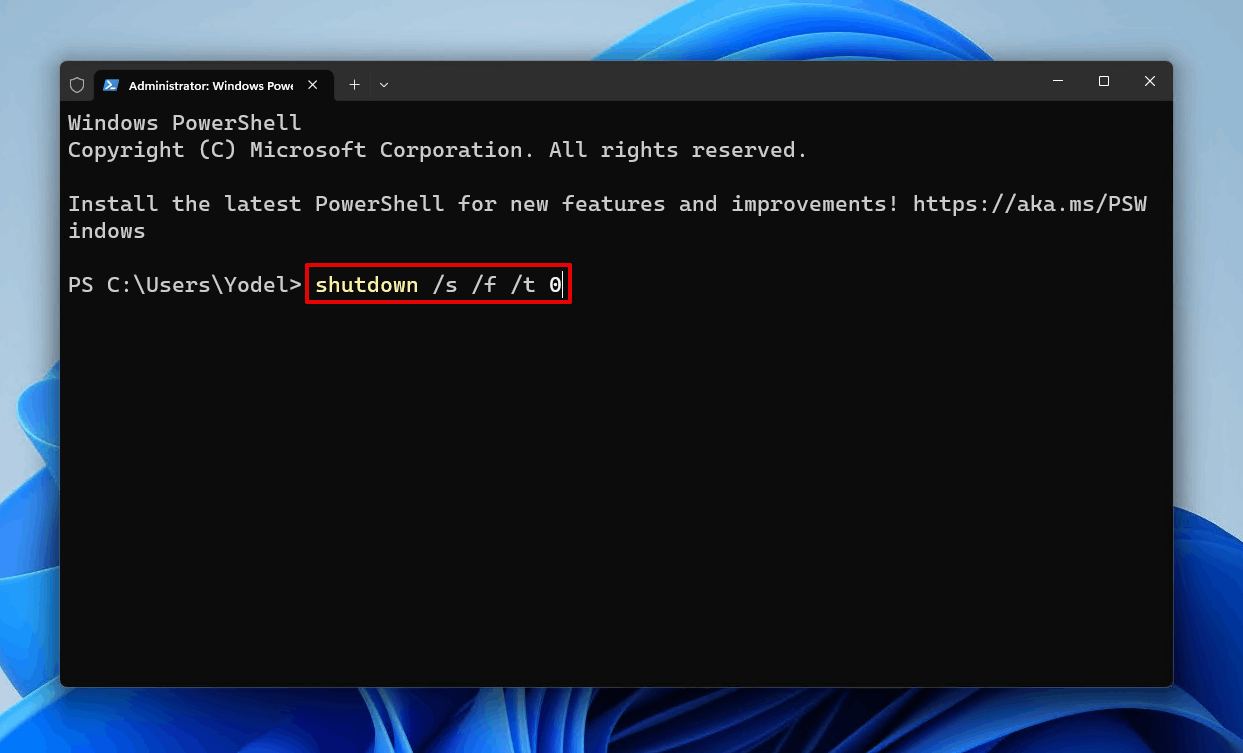
Once your computer has shut down, turn it back on to see if the issue has been resolved. If it still appears, try the next method.
Method 3:Scan for viruses
When Windows says “You need to format the disk in drive”, it can be the result of a virus attack that has affected your drive and manipulated the file system. Checking for viruses is really easy, seeing as Windows 10 and Windows 11 both come with Windows Security, which includes a full antivirus program.
- Right-click the drive in File Explorer and click Scan with Microsoft Defender. This will immediately perform a quick scan.
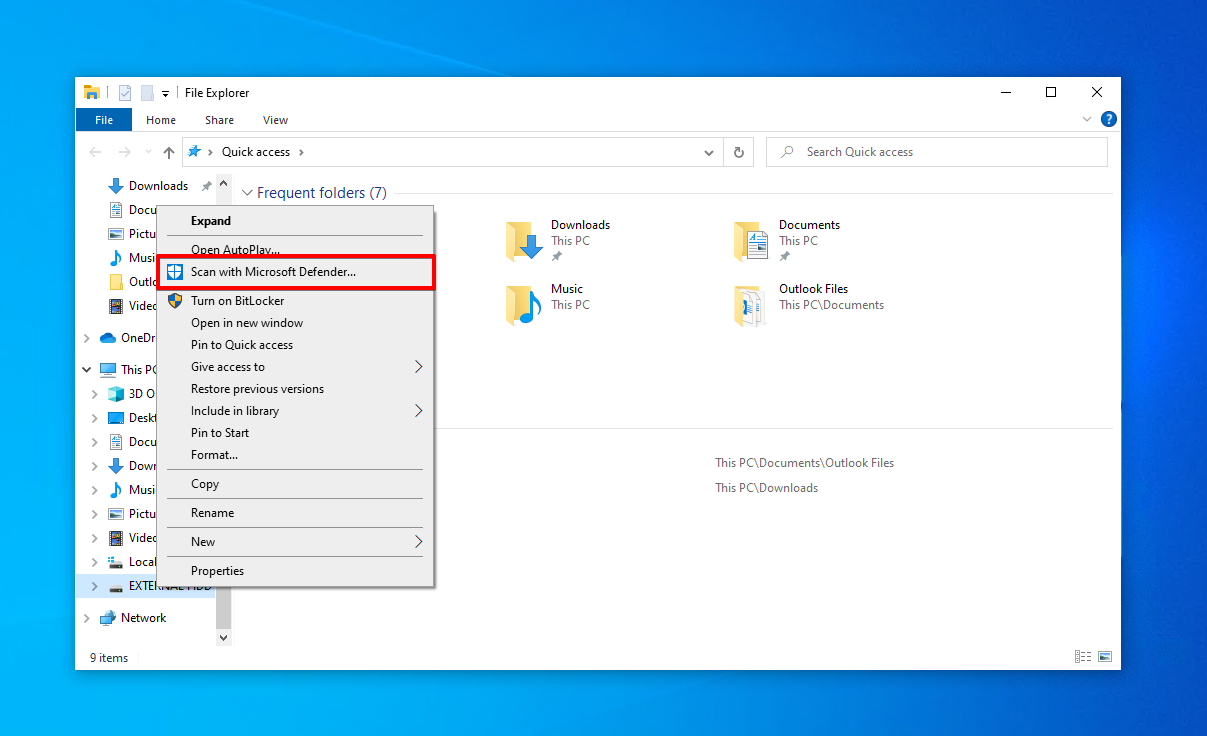
- For a more thorough scan, click Scan options.
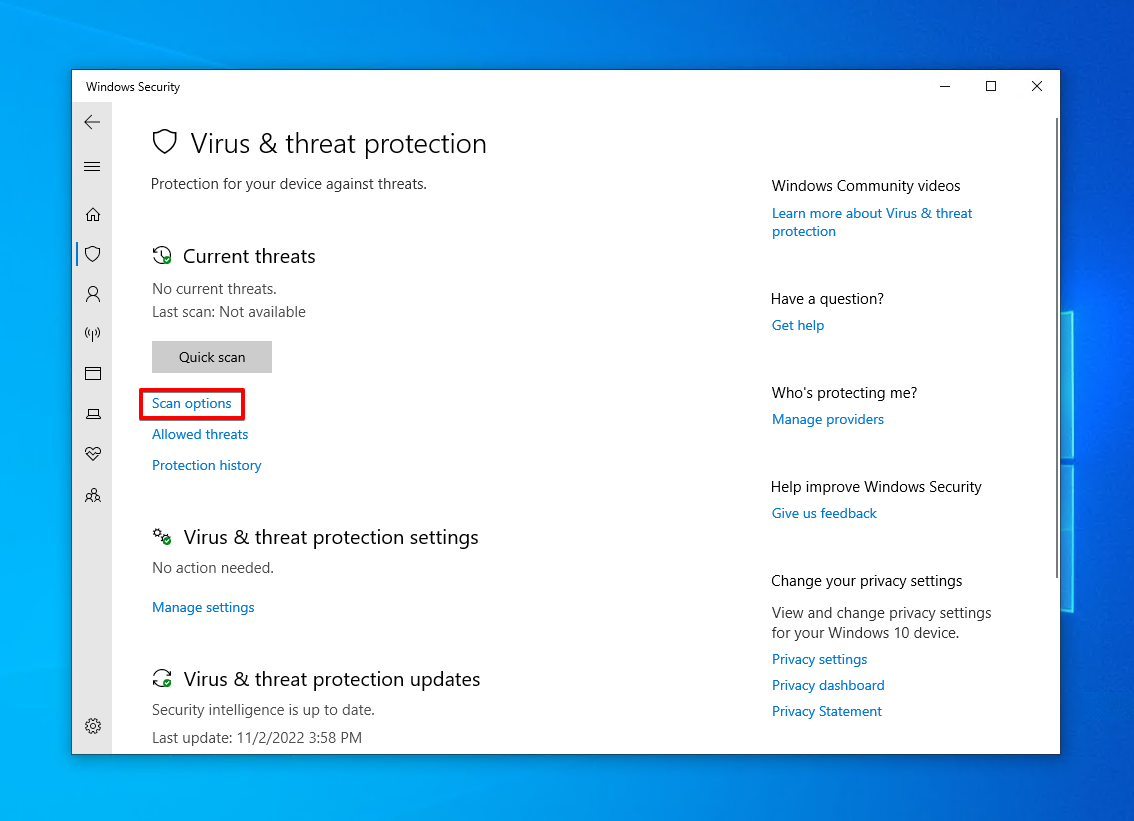
- Select Microsoft Defender Offline scan and click Scan now.
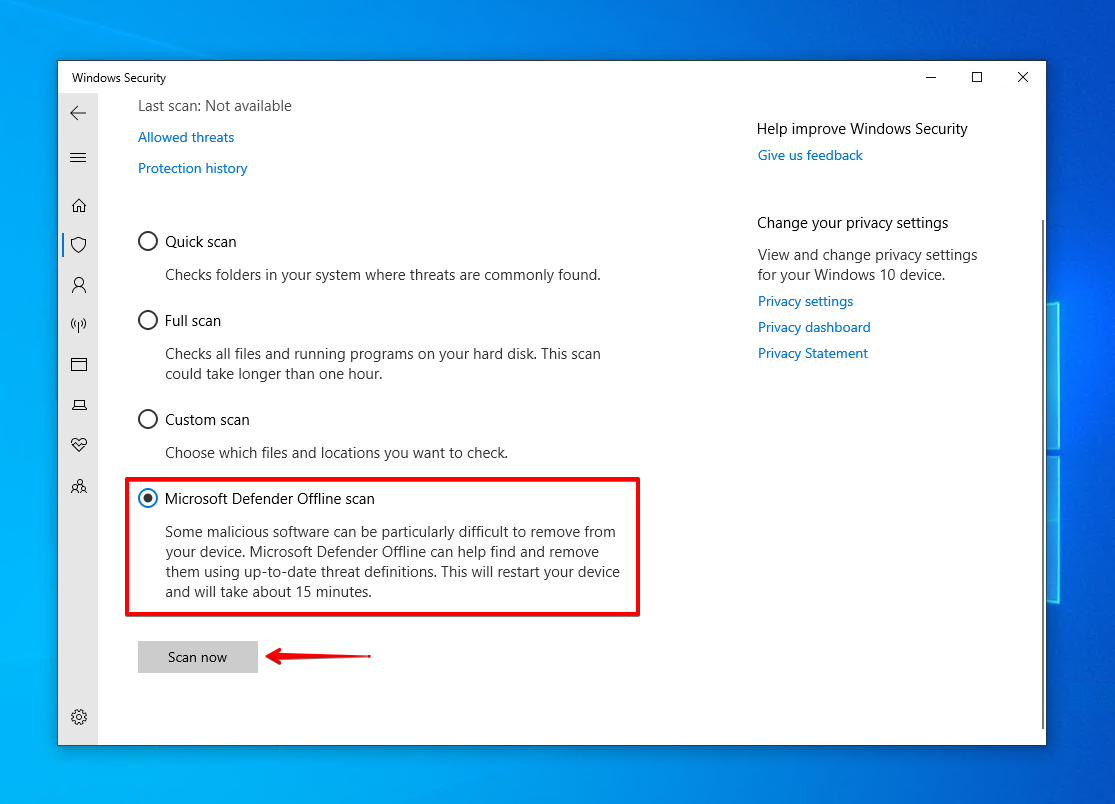
Method 4:Repair with CheckDisk
File system-related problems can be repaired with CheckDisk. It will scan your storage device for issues and attempt to repair them with the right parameters. Using CheckDisk is a great way to fix the format disk error without formatting.
These steps will show you how to fix the error “You need to format the disk in drive”:
- Right-click Start and select Windows PowerShell (Admin). This will be Terminal (Admin) on Windows 11.
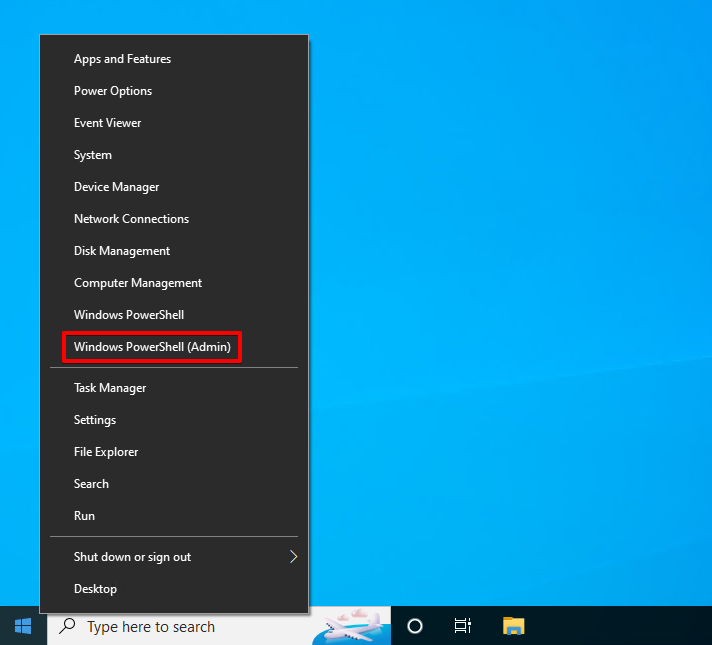
- Type
chkdsk *: /r. Replace * with your drive letter. Press Enter.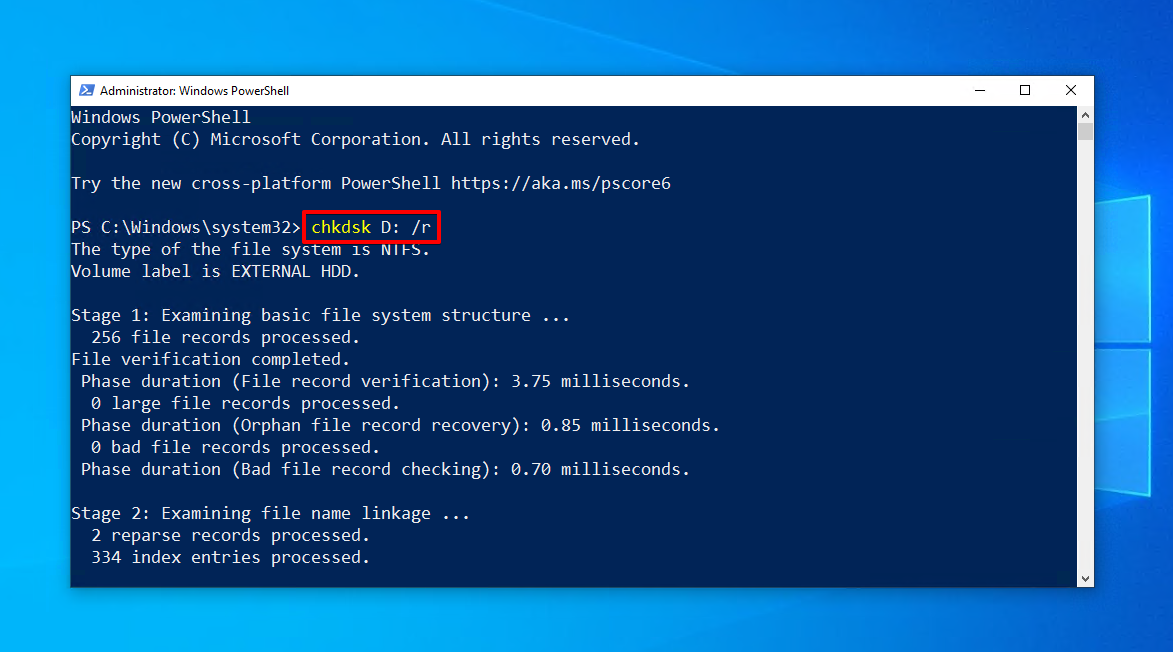
Method 5:Perform a format
Performing a format is almost a guaranteed way to fix most problems with your storage device. Since it’s akin to doing a factory reset, all data on it will be deleted. However, recovering said data is made possible with data recovery software, which we’ll touch on afterward.
- Right-click Start and click Disk Management.
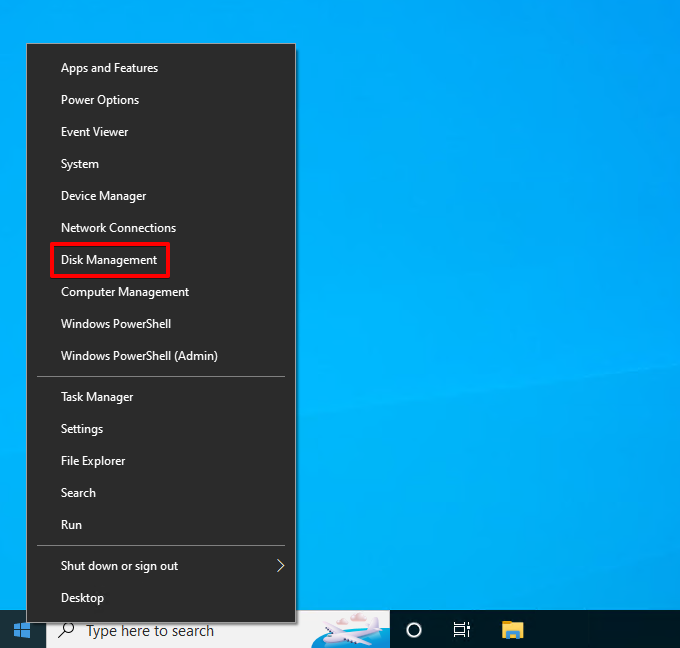
- Right-click the volume of your affected storage device and click Format.

- Ensure Perform a quick format is ticked and click OK. Click OK again.
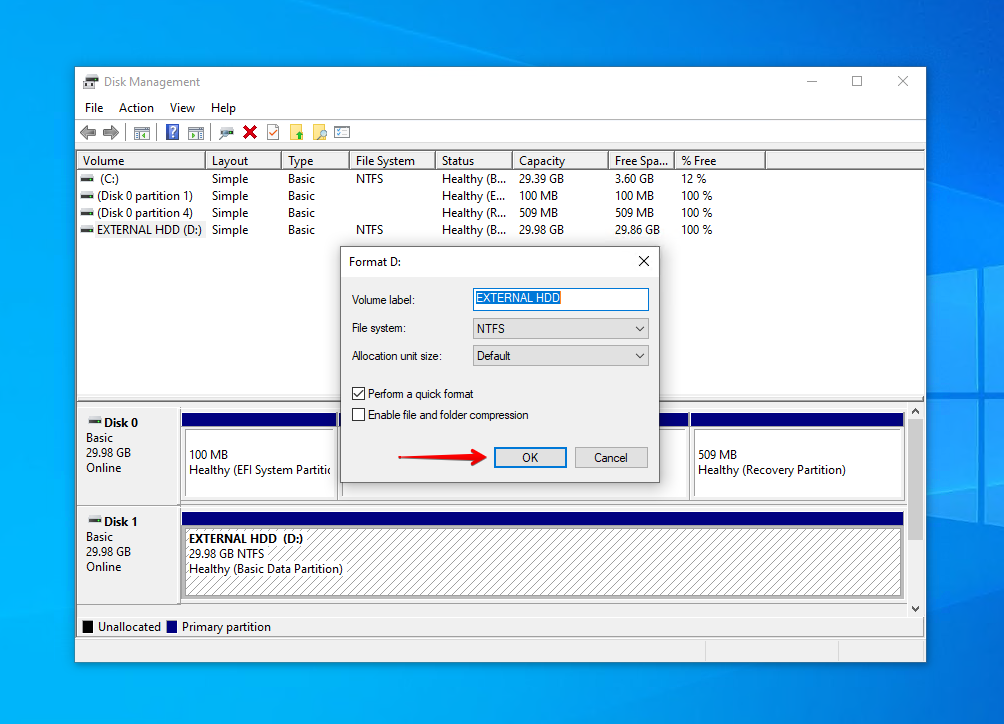
Method 6:Run an SFC and DISM scan
In cases where the issue is being caused by corrupted system files, you can repair the damage using System File Checker (SFC) and Deployment Image Servicing and Management (DISM). The two commands are both used to repair damaged system files, but they work in slightly different ways:
- SFC – SFC can scan your system files and replace any damaged or corrupted ones with a copy that is stored locally. This requires the locally stored copy to be in working order, otherwise it will not work.
- DISM – For system files that cannot be replaced with a local copy, DISM can utilize Windows Update to download a working copy from the internet and replace them. Because it uses Windows Update, you must have an active internet connection.
Note: When executing these commands, don’t close Command Prompt until they’re finished.
Follow these steps to run an SFC and DISM scan to repair corrupted or damaged system files:
- Right-click Start and click Terminal (Admin). Windows 10 users will need to click Windows PowerShell (Admin).

- Type
sfc /scannowand press Enter. If that doesn’t fix it, move to the next step.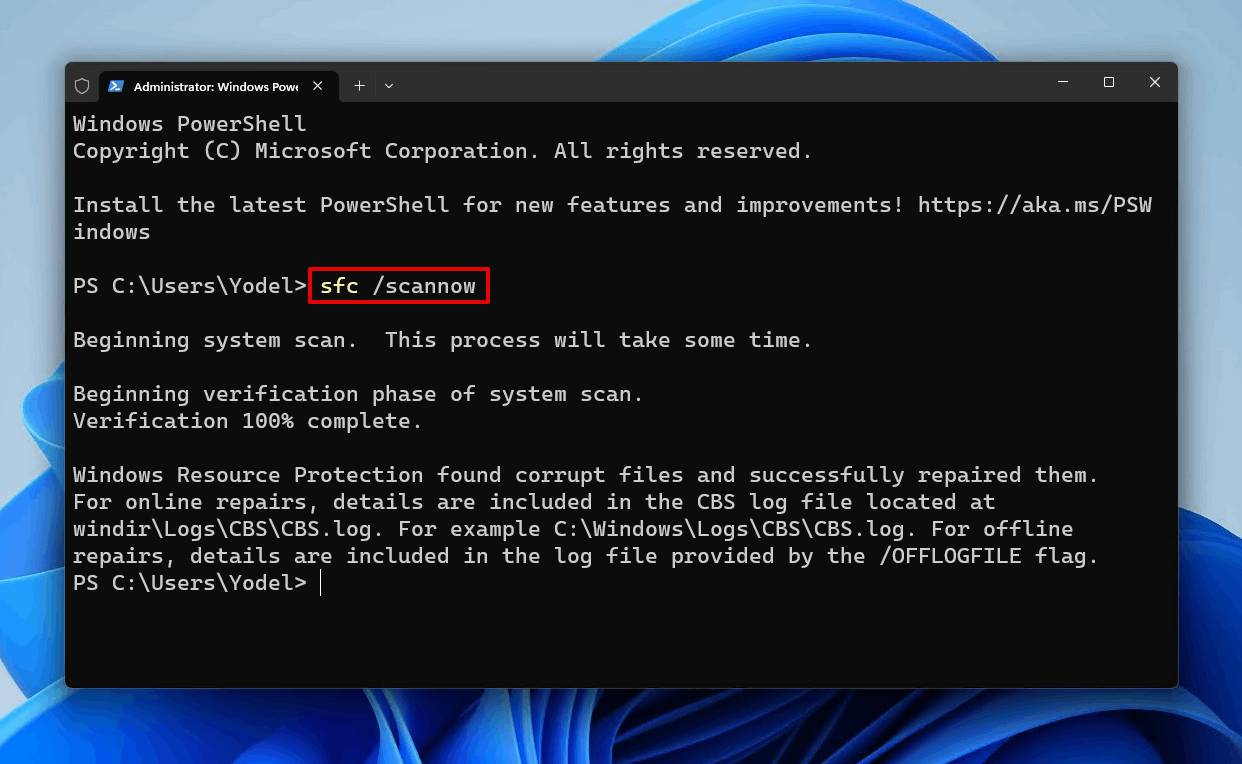
- Type
dism.exe /online /cleanup-image /restorehealthand press Enter.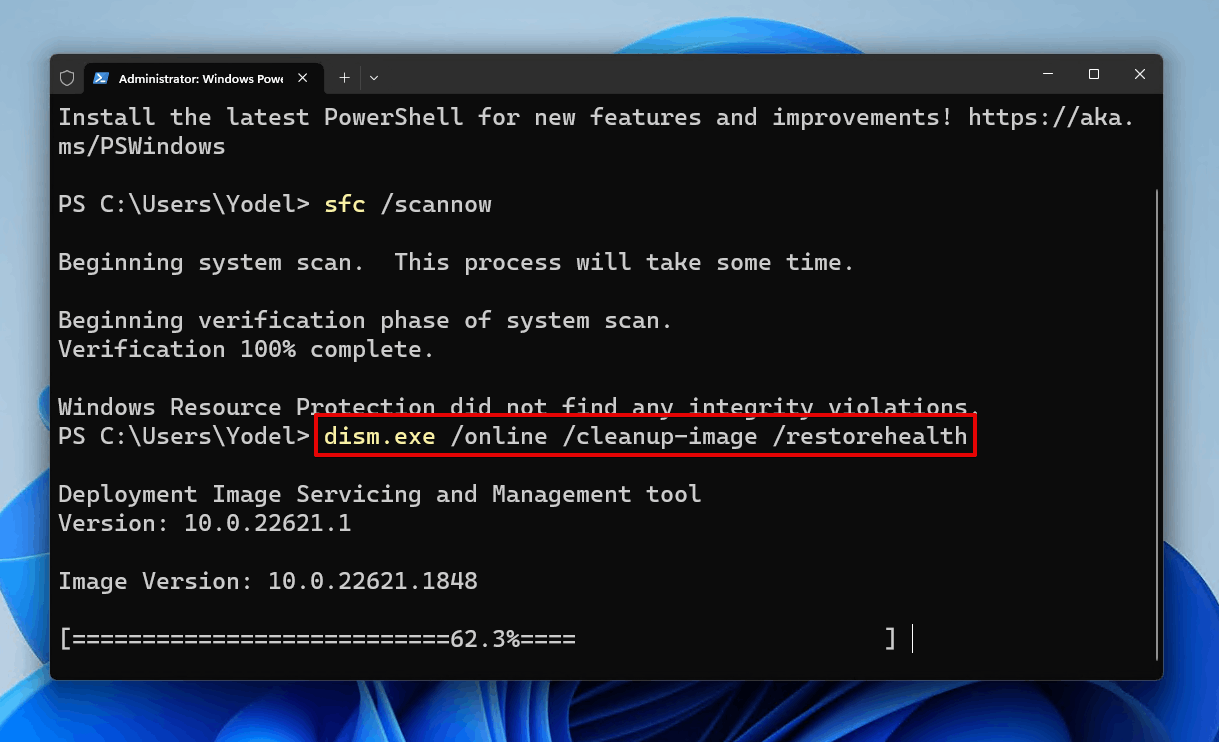
Conclusion
When your storage device says that it needs to be formatted before you can use it, this is because Windows is struggling to read the file system it uses. Start by checking the connection. Following this, perform a scan for viruses and repair any drive-related problems using CheckDisk.
If necessary, perform a format on the drive to fix it and then recover your data using a data recovery tool such as Disk Drill. Once the data is recovered, be sure to create a backup of the data. We recommend the native backup solutions File History and Backup and Restore.
FAQ
- Right-click Start and click Terminal (Admin).
- Type diskpart. Press Enter.
- Type list disk. Press Enter.
- Type select disk *. Replace * with your disk number. Press Enter.
- Type clean. Press Enter.
- Type create partition primary. Press Enter.
- Type format fs=ntfs. Press Enter.
- Type assign. Press Enter.

